I decide to do some sightseeing for the final time in a while. After taking three different trains, I arrive at Mitsumineguchi Station, the last stop. It’s almost three hours from Tokyo, and at times I wonder why I have made this journey into the middle of nowhere. Stepping off the empty train, I find the station is completely unmanned, so I place my ticket into a wooden box. I notice that the ticket machine doesn’t appear to be working either, so there is no way for me to purchase a ticket for the way back. I wonder if that’s to stop anyone else from leaving.
Stepping out into the cold, the fog casts a haunting shadow over the hills and village below, a thick, dense mist that seems to swallow everything in its path. The kind of ghostly white fog you would expect to find in a horror movie; a sign of things to come. As I wander across a bridge, I stop for a moment to take in the breathtaking yet unsettling scenery.
As I continue my stroll from the bridge, I am enveloped by an eerie silence. The only thing that breaks the stillness is the soft whisper of the wind blowing through the fields. A village stretches out before me, a ghost town. Scarecrows line the streets, their lifeless eyes following my every move. They stand outside almost every house, yet the village is deserted, there’s not a soul in sight.
I feel a shiver run down my spine as I realise that I haven’t seen a single person since five stops ago on the train. I can’t shake off the feeling that I am being watched, that these scarecrows are somehow alive. I wonder what kind of village I have stumbled upon. As I wander deeper into the village, I eventually find a sign with a scarecrow standing proudly beside it, ‘Niegawajuku.’
Scarecrow villages are rural communities in Japan that create mannequins in the likeness of their residents as a form of folk art. These scarecrows are often dressed in traditional clothing and placed throughout the village. Specifically, the population of Niegawajuku Scarecrow Village has been decreasing over the years, as many residents have moved to Tokyo and other urban areas in search of better job opportunities and a higher standard of living.
To address this problem, a group of local farmers came up with the idea of creating scarecrows in the likeness of the villagers who had left, in order to remember and honour them, and to attract tourists like me to the village. Niegawajuku Scarecrow Village, once a lively and bustling community, now stands like a twisted fairy tale, where the villagers have been replaced by their eerie replicas. The scarecrows, with their lifeless eyes and frozen grins, seem like twisted versions of the villagers they represent.
Once teeming with the laughter of children and the chatter of adults, the village now stands abandoned. The only sounds are the soft rustling of leaves and the creaking of the scarecrows. The place feels like a forgotten graveyard, lost to the passage of time. The village is a mere relic of a bygone era, and the scarecrows, with their blank, lifeless eyes, serve only to emphasise the emptiness of this place.
I inspect the scarecrows, their faces weathered and their garments tattered. At times, they are grouped together, yet they remain so alone, like guardians of a lost world, preserving the memories of the village and its people, frozen in time. As I continue to wander through the streets of Niegawajuku, I feel as though I am traversing a dreamlike realm. The village is a labyrinth of memories, where each scarecrow holds a piece of the past, and each step I take draws me deeper into the mystery.
The only thing left here is the echo of bittersweet memories, of what once was and what will never be again. Time passes, and the sun begins to sink behind the skyline, painting the sky in hues of orange, pink, and purple, casting an eerie glow over the village. In the dying light, the scarecrows seem to come alive, their shadows stretching out, reaching toward me.
I leave the village with a sense of longing and loss, the memories of Niegawajuku etched in my mind like a faded photograph.
As I board the train, I ponder whether my transient form will one day be forever immortalised as a scarecrow, or fade into the annals of time like the villagers before me.
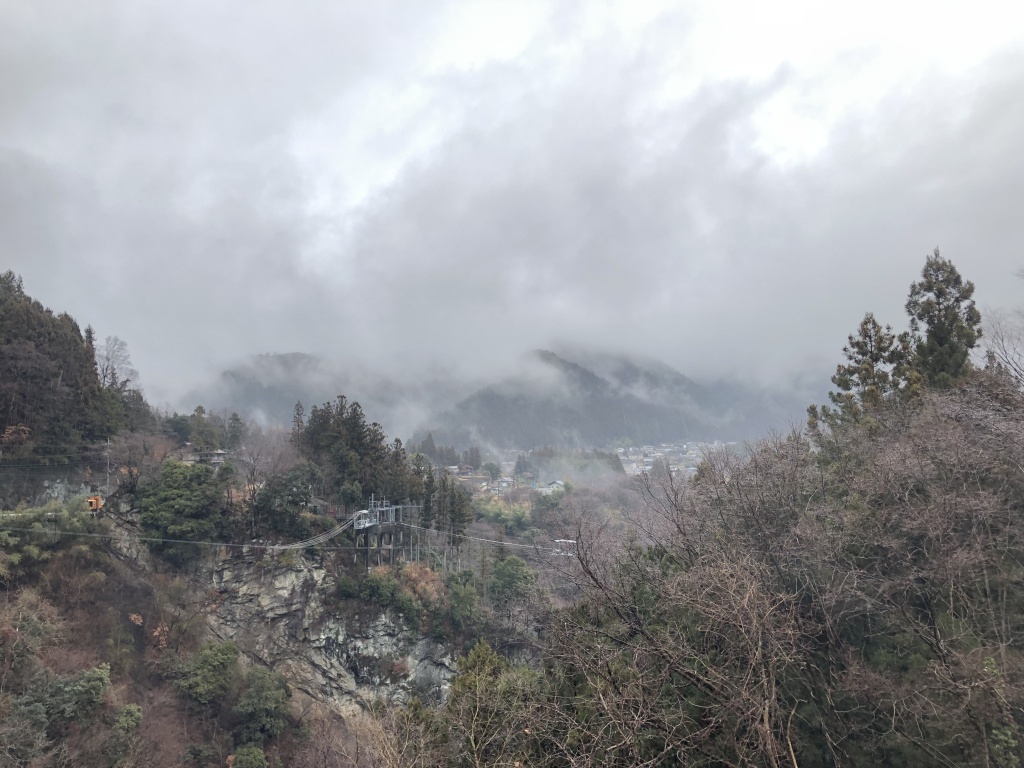
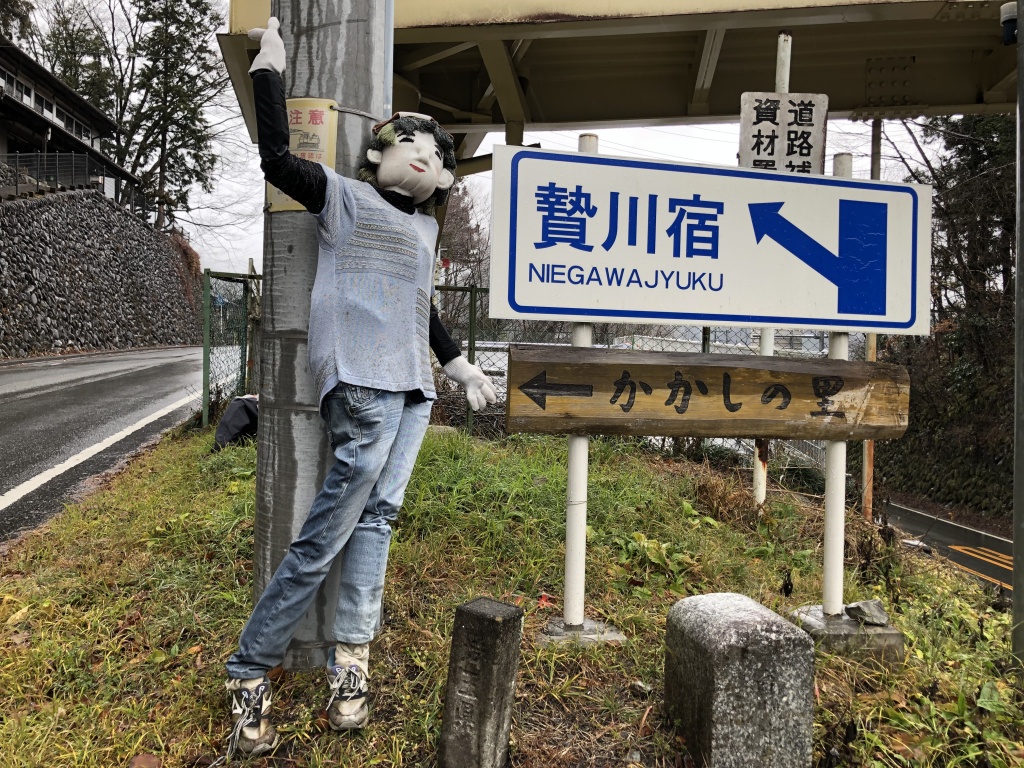
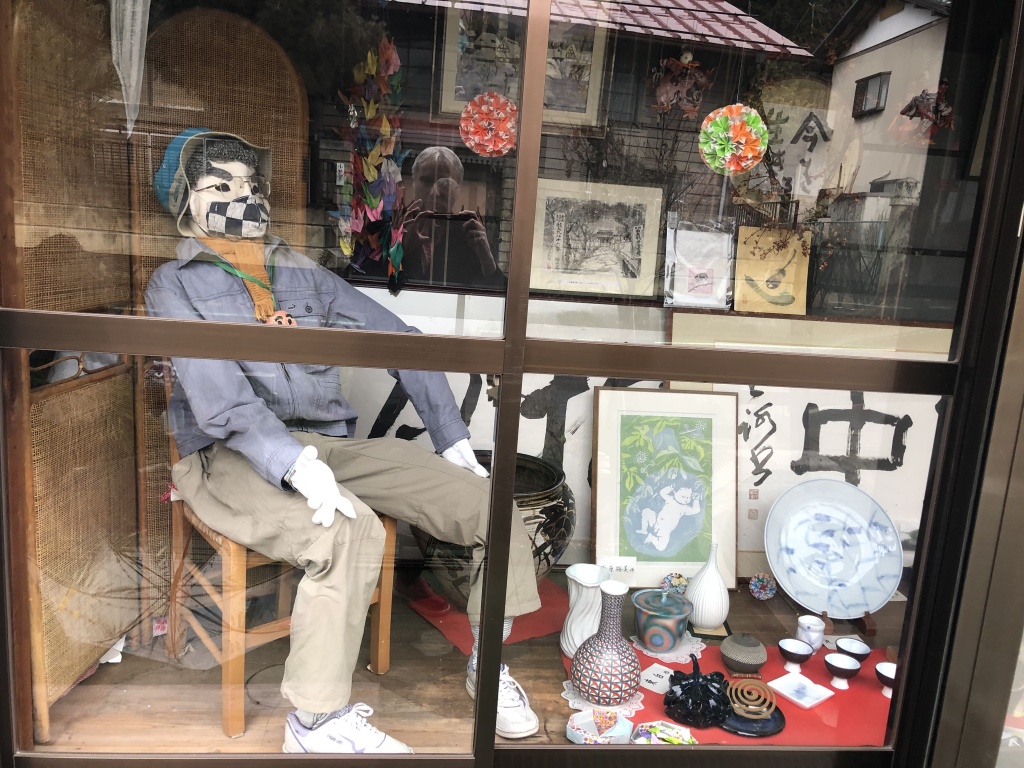
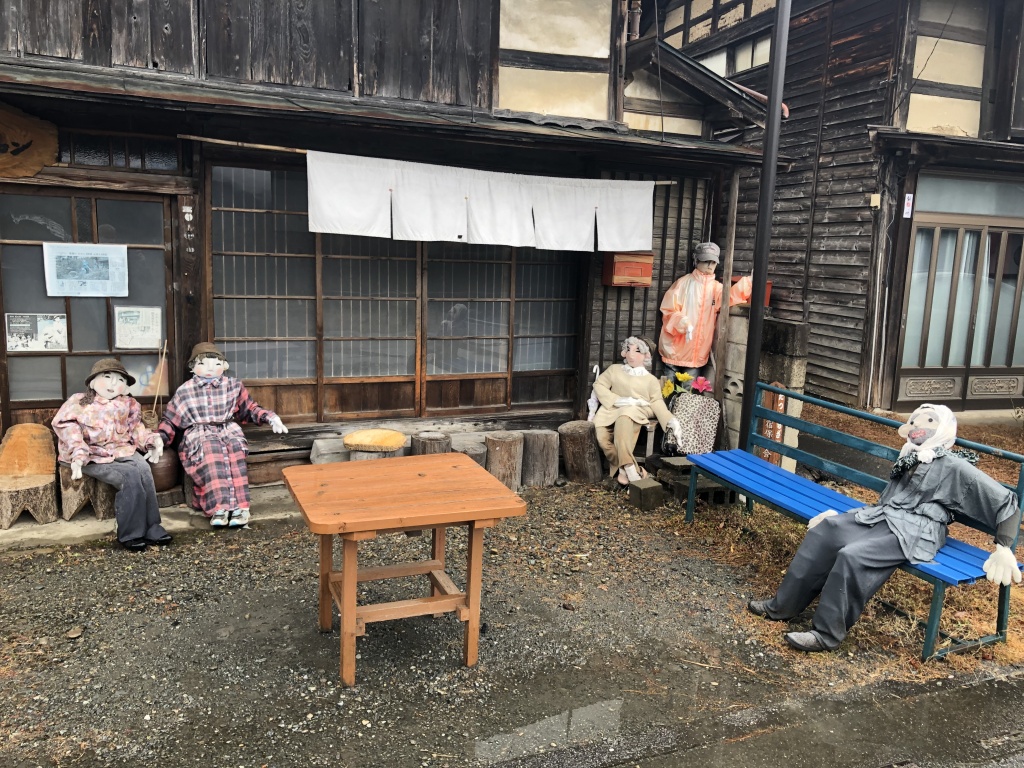
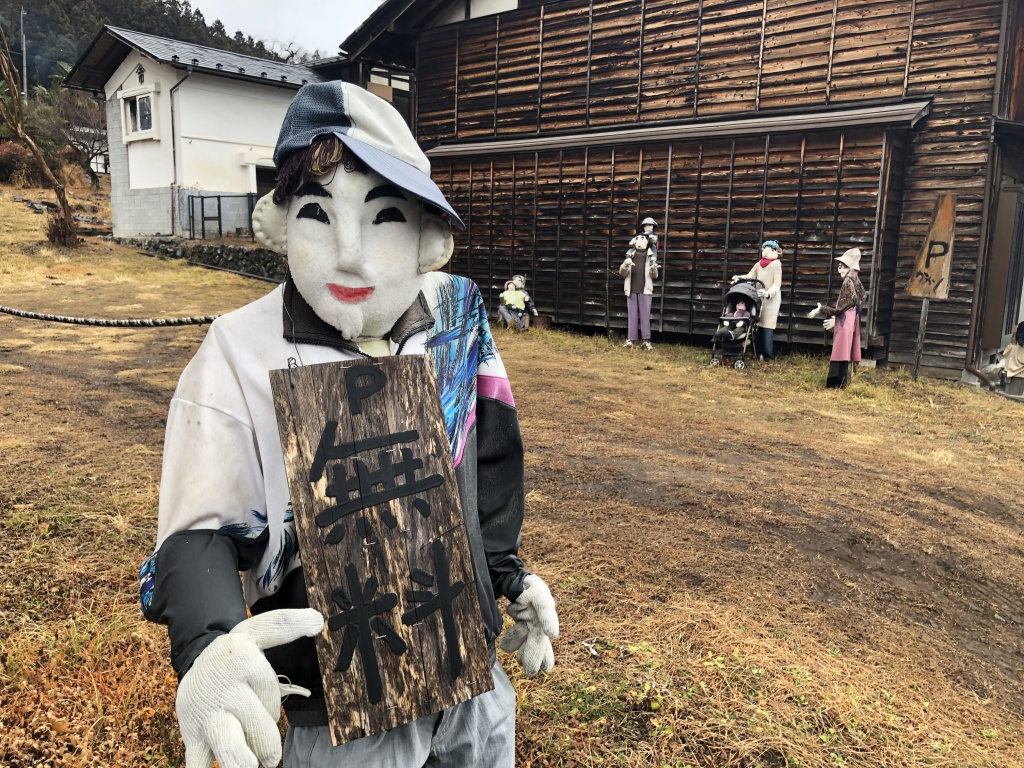
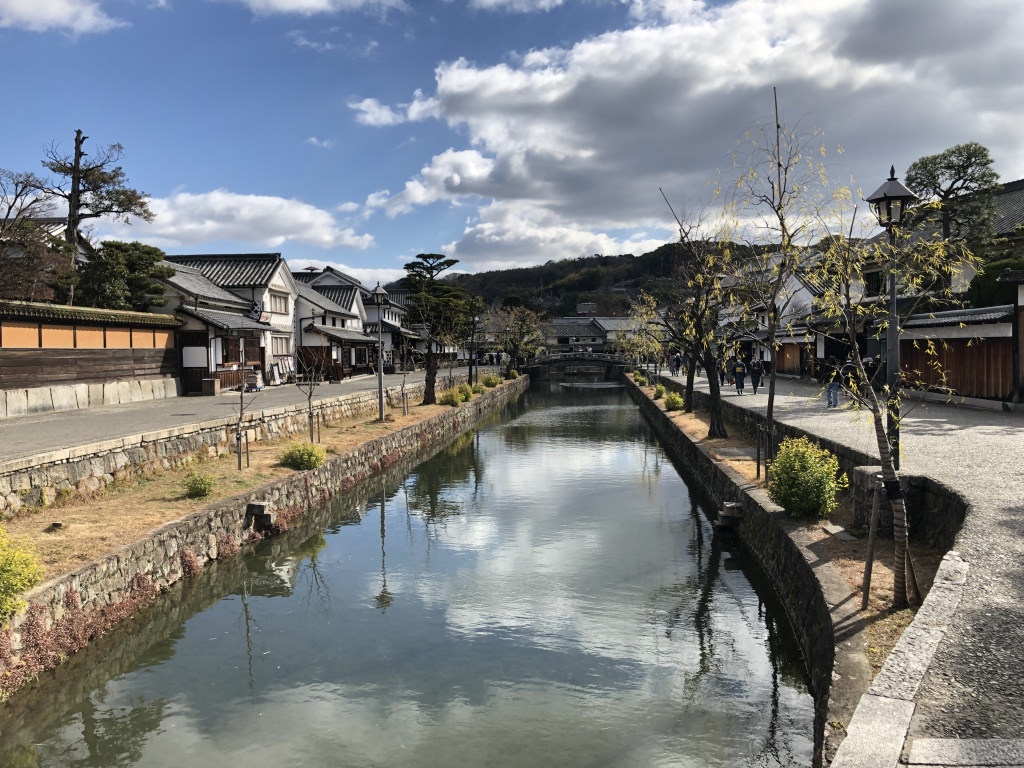
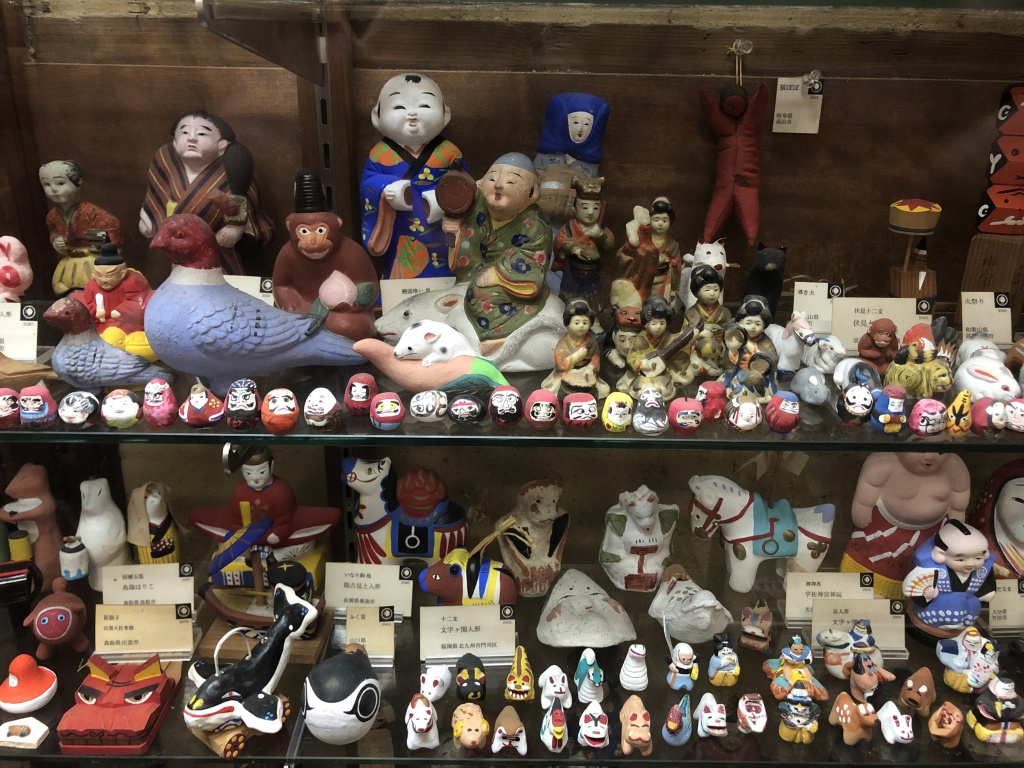
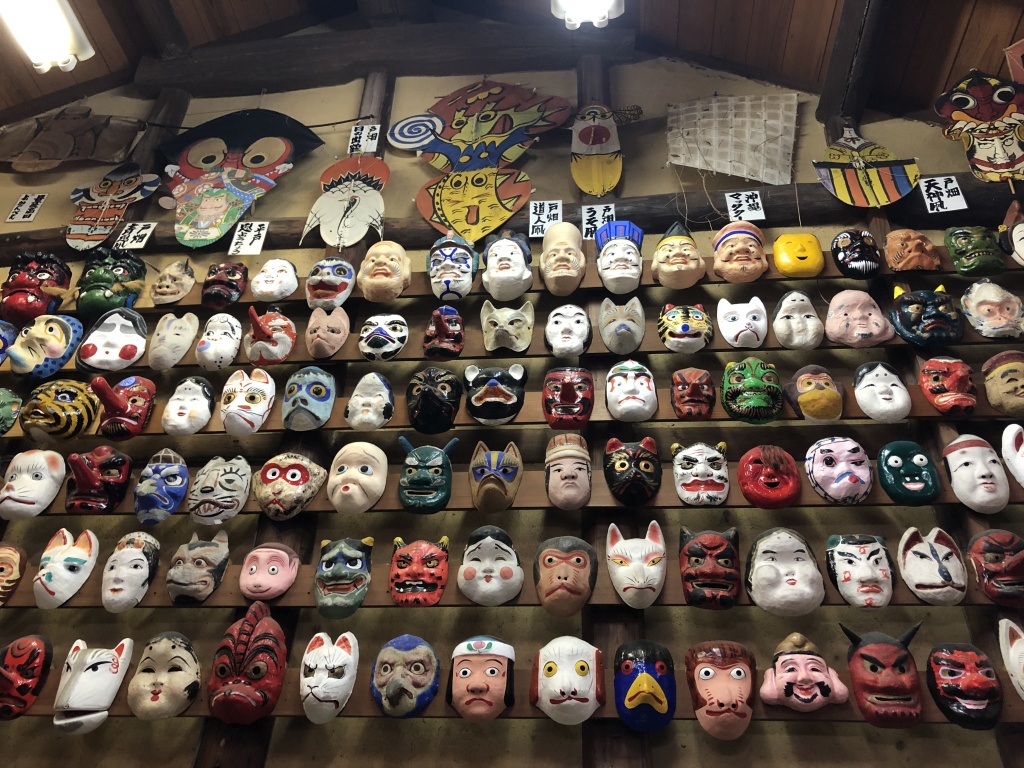
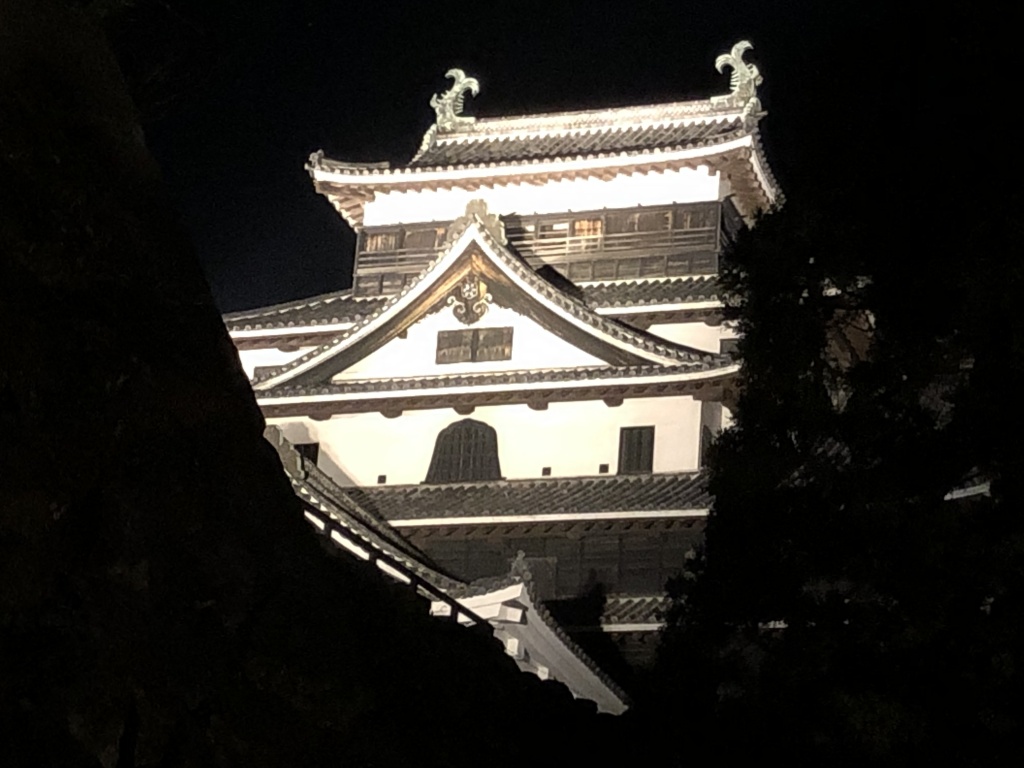
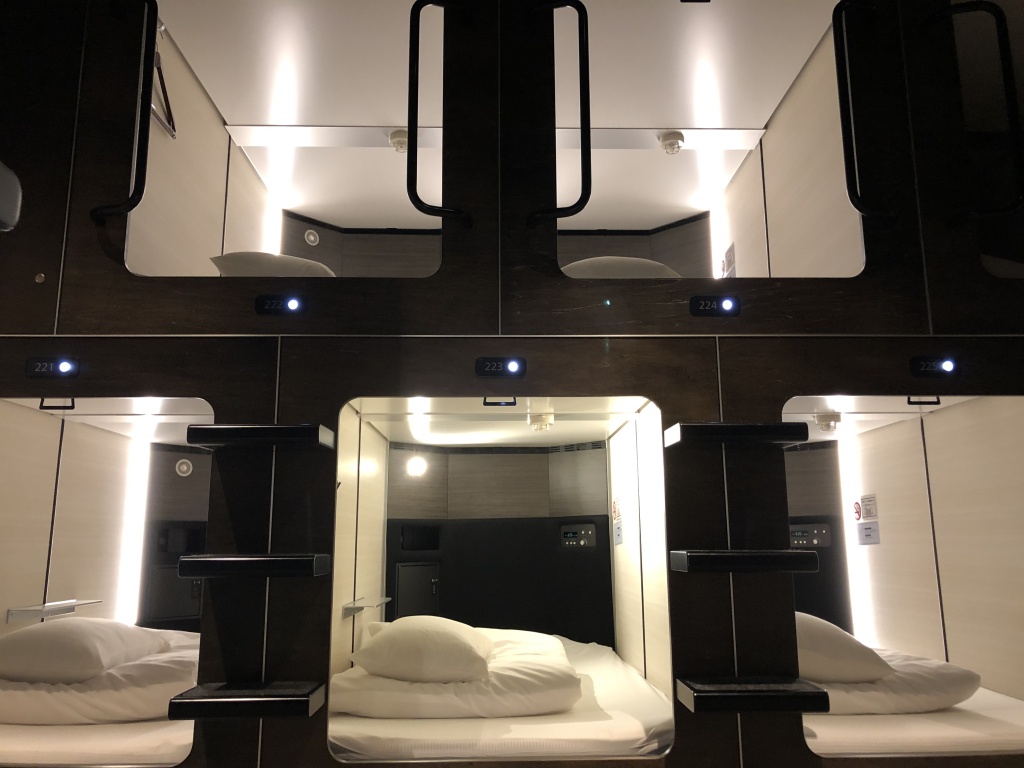
![fishandchips[1]](https://japanising.com/wp-content/uploads/2014/12/fishandchips1.jpg?w=630)
![spiders[1]](https://japanising.com/wp-content/uploads/2014/12/spiders1.jpg?w=630)
![overboard[1]](https://japanising.com/wp-content/uploads/2014/12/overboard1.jpg?w=630)
![millionleds[1]](https://japanising.com/wp-content/uploads/2014/12/millionleds1.jpg?w=630)
![boat_race[1]](https://japanising.com/wp-content/uploads/2014/07/boat_race1.jpg?w=630)
![fukuokahawks[1]](https://japanising.com/wp-content/uploads/2014/07/fukuokahawks1.jpg?w=630)
![fukutower[1]](https://japanising.com/wp-content/uploads/2014/07/fukutower1.jpg?w=630)
![fukinsidetower[1]](https://japanising.com/wp-content/uploads/2014/07/fukinsidetower1.jpg?w=630)
![robosquare[1]](https://japanising.com/wp-content/uploads/2014/07/robosquare1.jpg?w=630)
![firefighter[1]](https://japanising.com/wp-content/uploads/2014/07/firefighter1.jpg?w=630)
![ohoripark[1]](https://japanising.com/wp-content/uploads/2014/07/ohoripark1.jpg?w=630)
![18ticket[1]](https://japanising.com/wp-content/uploads/2014/07/18ticket1.jpg?w=630)
![rice[1]](https://japanising.com/wp-content/uploads/2014/07/rice1.jpg?w=630)
![shime[1]](https://japanising.com/wp-content/uploads/2014/07/shime1.jpg?w=630)
![overgrowth[1]](https://japanising.com/wp-content/uploads/2014/07/overgrowth1.jpg?w=630)
![torisan[1]](https://japanising.com/wp-content/uploads/2014/07/torisan1.jpg?w=630)
![fukuokaairport[1]](https://japanising.com/wp-content/uploads/2014/07/fukuokaairport1.jpg?w=630)
![laundrycops[1]](https://japanising.com/wp-content/uploads/2014/07/laundrycops1.jpg?w=630)
![neonnight[1]](https://japanising.com/wp-content/uploads/2014/07/neonnight1.jpg?w=630)
![seafoodpaella[1]](https://japanising.com/wp-content/uploads/2014/07/seafoodpaella1.jpg?w=630)
![christmastree[1]](https://japanising.com/wp-content/uploads/2014/07/christmastree1.jpg?w=630)
You must be logged in to post a comment.